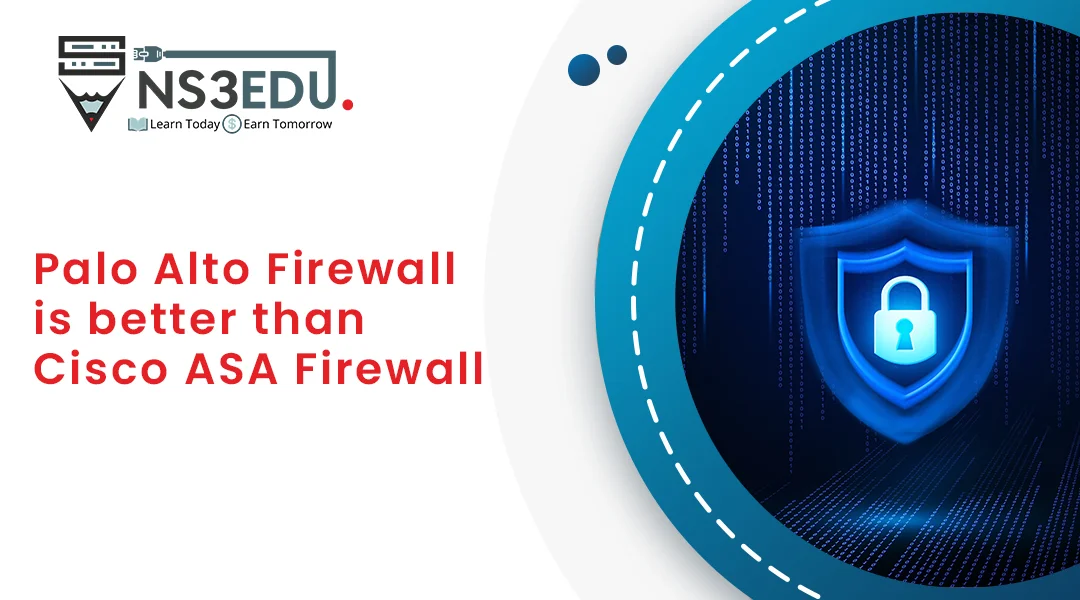The superiority of Palo Alto Networks’ firewalls over Cisco ASA (Adaptive Security Appliance) firewalls depends on specific use cases and requirements.
Both firewall solutions have their strengths and weaknesses.

Here are some reasons why some organizations may consider Palo Alto firewalls to be better:
- Application Awareness: Palo Alto firewalls are known for their advanced application awareness and control capabilities. They can identify and control applications and user behavior within those applications, providing granular control over traffic.
- Threat Prevention: Palo Alto’s threat prevention capabilities, including intrusion detection/prevention, antivirus, and URL filtering, are integrated into a single platform. This can simplify security management and improve threat detection.
- User Identity Integration: Palo Alto firewalls can integrate with directory services like Active Directory, enabling user-based policies and visibility, which can be essential for user-specific security controls.
- Content Inspection: Palo Alto firewalls offer superior content inspection capabilities, including SSL decryption for encrypted traffic, which can be crucial for identifying and mitigating threats hidden within encrypted data.
- WildFire Integration: Palo Alto’s WildFire cloud-based threat analysis service provides real-time threat intelligence and analysis. It can quickly identify and block new and emerging threats.
- Ease of Management: Some users find Palo Alto’s user interface and policy management more intuitive and user-friendly compared to Cisco ASA’s ASDM (Adaptive Security Device Manager).
- Scalability: Palo Alto firewalls are often seen as more scalable, especially for larger and complex network environments.
However, it’s essential to note that Cisco ASA firewalls have their own advantages, such as broader industry adoption, a wide range of compatible hardware appliances, and extensive experience in enterprise-grade firewall solutions. The choice between the two should be based on your specific network requirements, budget constraints, and the existing infrastructure.
Ultimately, the “better” firewall depends on your organization’s needs and your team’s familiarity with the platform. It’s advisable to conduct a thorough evaluation of both options to determine which one aligns best with your security and network requirements.

